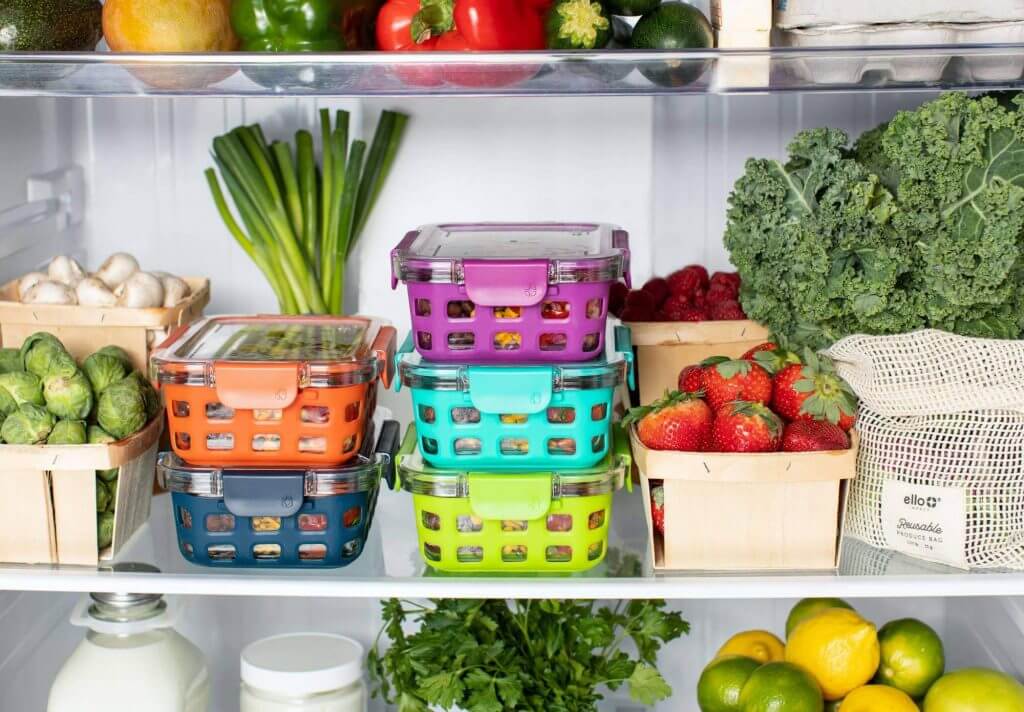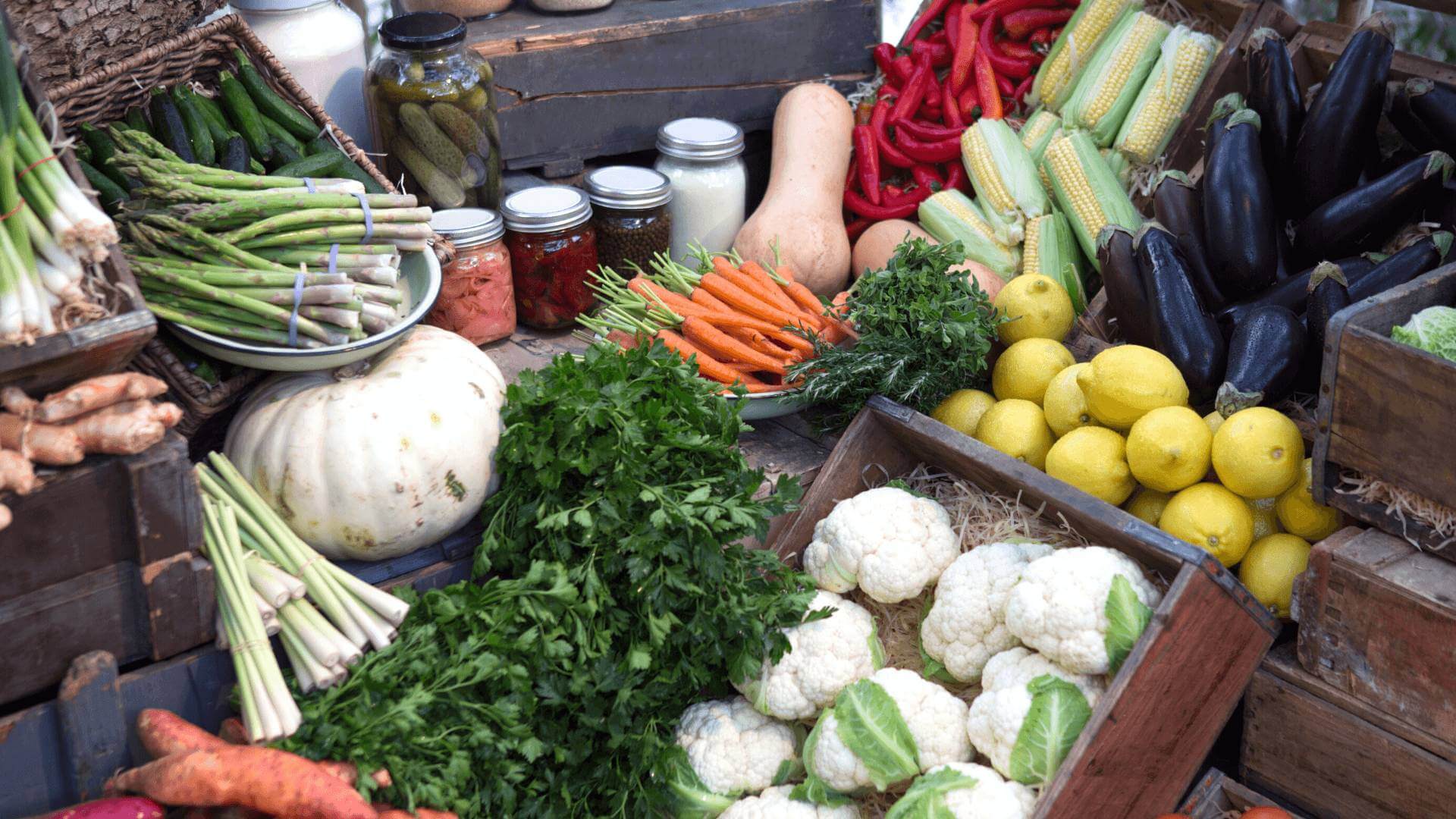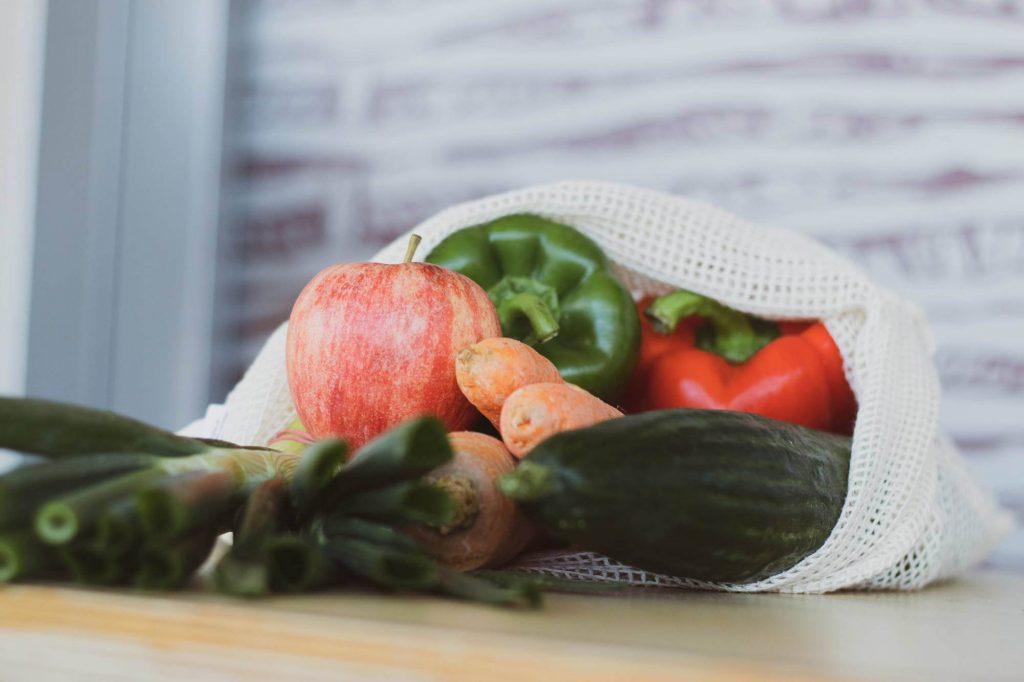How to Store Vegetables – Factors that Influence Storage Life & What to Avoid
Yes, it sounds like common knowledge. But do you actually know how to store vegetables properly inside or outside the fridge to avoid early spoils and keep your produce not only safe to eat but also at peak freshness? This is crucial with wholesale vegetables and wholesale produce in general: that’s because whole, organic, unsprayed foods are typically more sensitive, especially when bought in larger quantities (as restaurants do).
To begin with, we’ll go through some common factors that have a significant say in the storage life of whole foods and produce. After that, we’ll throw in some valuable tips on what to specifically avoid when storing your freshly bought veggies. Let’s dig in!

How to Store Vegetables 1O1: Core Factors that Influence Shelf Life
1. Harvest Place & Time
Precise harvest times must be respected for produce to retain its peak quality. Vegetables may be harvested at different stages of maturity depending on the type of crop, distances they travel, as well as storage conditions they’re expected to withstand.
As a rule of thumb, it’s always best to buy locally sourced produce. This is because retail (non-wholesale produce) may undergo post-harvest treatment to last long days on trucks and market shelves. And so, the optimal choice remains to buy from local farmers’ markets or wholesalers sourcing local crops, properly matured at harvest.
2. Temperature
With storage temperatures, consistency is the key. According to the USDA, with every 10 degrees of variation (rise or decrease in temperature), the shelf life of your stored foods halves. So make sure you know the optimal temperature ranges for storing different categories and keep them steady if you want your produce to maintain its full nutritional value.
One more temperature tip: before you place any vegetable in your fridge, make sure it’s cool first (or at least match room temperature). That’s because warmth causes sweating, encouraging mold to develop quicker.
3. Relative Humidity
Another factor you have to monitor is moisture (or humidity), which plays a crucial role in the storage life of vegetables. Relative humidity refers to the moisture content of the air, which determines how fast or slow your produce loses water (transpiration rates). It’s usually expressed as a percentage. Takeaway: generally, veggies like cool spaces with high humidity, which translates to less airflow (still, keep some room for it!). That’s precisely why so many of them thrive in the pantry or the crisper drawers of your refrigerator (depending on the temperatures they love).
But keep an eye out for exceptions. For instance, root crops like onions, garlic, and beetroot decay more quickly at high humidity levels. To know each crop’s exact optimal temperature and relative humidity, we recommend referring to this table (courtesy of the University of Main).
4. Packaging & Containers
If purchased with any, remove the packaging for all veggies stored at room temperature (like tomatoes, potatoes, eggplant, garlic, onions). Then place them loosely in a cool, dark place, preferably a tidy pantry.
Now, for most leafy greens, you can use an airtight container with a damp cloth to keep them from drying out, which often happens when they’re thrown in the fridge without a second thought (Yes, we’re looking at you). You can purchase special containers or simply use the crisper drawers already in your fridge. Closing the latter creates a high-humidity environment (because there is less airflow going on) perfect for leafy greens (like lettuce, salad, arugula, fresh herbs) and most fresh vegetables (things like broccoli, peppers, eggplant, cauliflower, green beans, and peas).
How to Store Vegetables 1O1: 4 Common Mistakes to Avoid
1. Storing Food in an Unhygienic Environment
Not regularly cleaning your fridge and other storage areas in your house is a big no-no. Also, check it regularly for early spoils, which could compromise entire healthy batches, and wipe off any spills using hot, soapy water. You should also take everything out once in a while and give your fridge a thorough wash.
Ensure all areas are dustless, clean, and pest-free when storing vegetables at room temperature (on the counter, in the pantry, or other storage spaces). Place the produce away from the floor in things like bins, bowels, or mesh bags. And a critical reminder: don’t place contamination sources (like your cleaning products) in storage areas meant for your produce.
2. Storing the Wrong Types Together
Certain crops produce high levels of ethylene, also known as the ripening hormone. The ethylene released by certain produce can compromise the quality of other foods and significantly reduce shelf life. Check out this helpful list of ethylene-producing and ethylene-sensitive foods, and try your best to store the two away from one another. You’ll notice that fruits are the main “perpetrators” in this scenario, but exceptions exist. For instance, you have to store the ethylene-producing potato away from ethylene-sensitive onion!
As we’ve insisted, use the crispers in your fridge to separate your humidity-loving veggies from other types of foods, and keep the ethylene factor in mind when deciding how to group your produce.
3. Storing Vegetables in Plastic Wraps
As we have pointed out earlier, plastic wraps must go when you’re storing foods. And humidity is not the only issue. According to Food NDTV, two chemicals found in plastic (Bisphenol A and Phthalates) can leach into the produce and infest it. Therefore, experts suggest switching to brown paper, mesh, or high-grade polyethylene bags when storing vegetables.
If you must store stuff in a plastic bag, poke holes in through it. Yes, vegetables generally like high humidity (less airflow), but this is very different from having no airflow! So take your veggies out of airtight plastic bags and leave some breathing room.
4. Refrigerating Veggies that Aren’t Meant for Cold Temperatures
Hello, this is tomato police. We’ve heard you’ve placed them in the fridge again. Here’s why you shouldn’t do it: tomatoes enjoy a fair amount of light, which helps them ripen to that brilliant peak-season red that people go crazy for. The opposite is true for the fridge, which will ruin overall taste, texture and encourage early decay in tomatoes.
Oh, but it’s not just tomatoes. Many veggies thrive much better on your counter, in a cabinet, or in the pantry: corn, garlic, onion, shallots, taro, potatoes, and hard squashes are among them — stay aware of their ethylene levels, and they’ll be just fine for weeks.
How to Store Vegetables – Wrapping Up
Keep these key principles in mind, and the amount of food waste in your house should decrease considerably.
Not sure you’ll remember all the details on storing your freshly-bought vegetables? Luckily, USDA has launched this great thing called the FooKeeper App. You can use its convenient search function to look up storage instructions for any food product!

